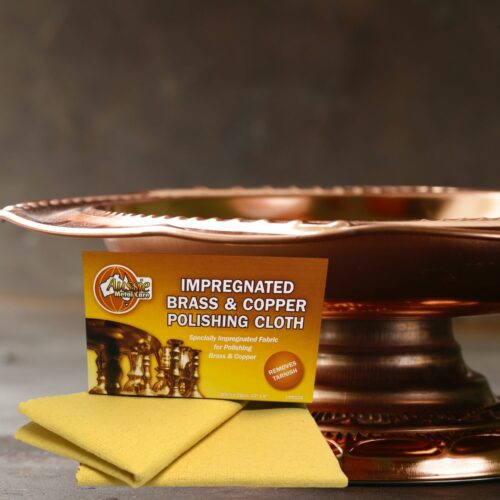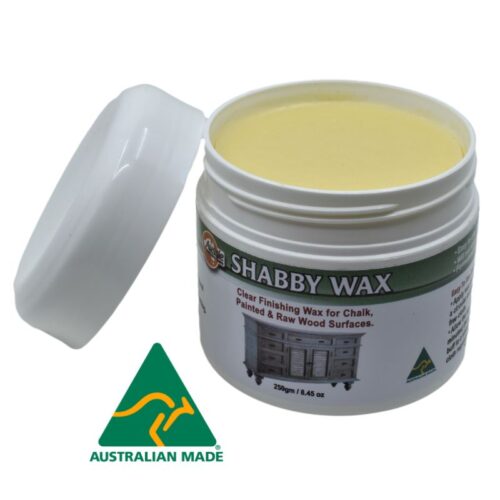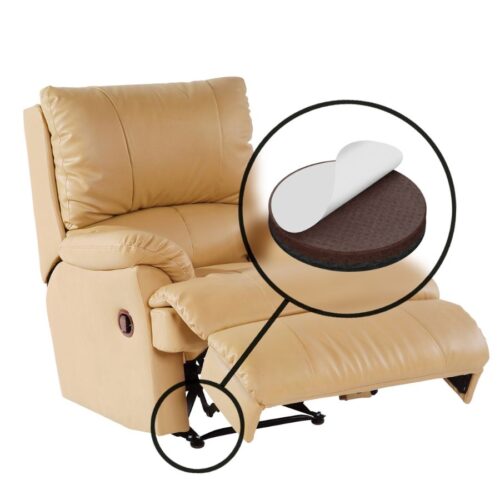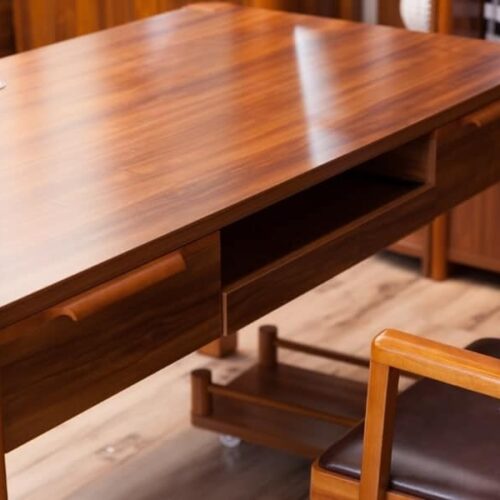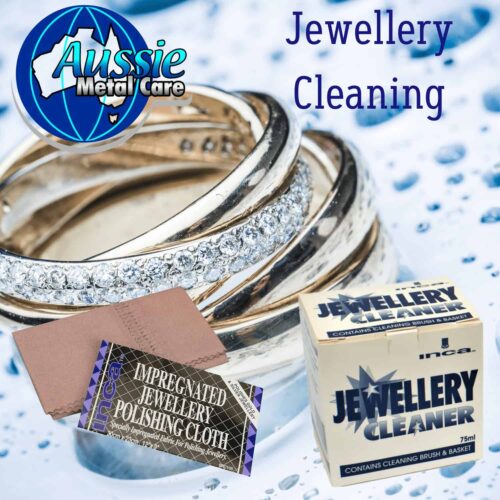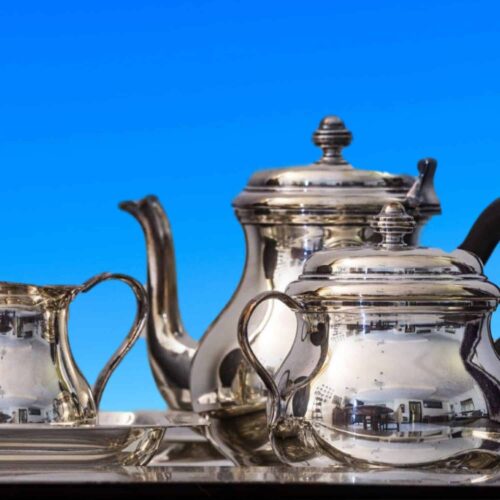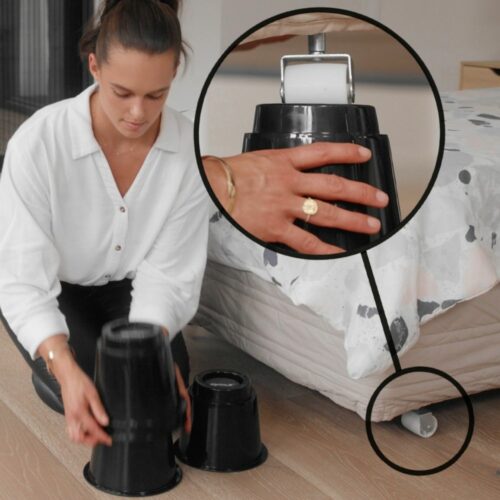Shellac is an excellent finish for antique restoration, French polishing furniture, guitar making or any woodworking project but it entails a bit of extra preparation and work in the beginning.
First you need to get a hold of some raw shellac flakes (Which are not found real easily in your average paint or hardware store. Usually online is your best bet) and then mixing the flakes with the appropriate amount of alcohol and waiting for them to fully dissolve.
Shellac flakes + alcohol = shellac finish
Measurements
Working out the measuring side of mixing Shellac Flakes can be quite confusing especially if you’ve have never heard of a 1-pound cut, 2-pound cut. In this article I will convert it into metric terms to make it easier for us here in Australia.
Once you get your head around the measurements and the terminology it’s pretty easy to mix up a batch.
The flakes come in 250gr, 1Kg & 2.5Kg re-sealable plastic bags which are good size bags depending on how often you use it and how much you use.
Shellac flakes are mixed with alcohol to produce a liquid finish.
The ratio of flakes to alcohol determines the “cut” of the finish.
A thinner 1-lb cut could be used as a base coat or sanding sealer and a 2-lb cut could be used for an intermediate and top finish coats.
A 1-lb cut is approx 500 grams of shellac flakes added to 3.8 litres of denatured alcohol or Methylated Spirits.
A 2-lb cut is approx 1kg of shellac flakes added to 3.8 litres of denatured alcohol or Methylated Spirits
Use the measurements above as a baseline if you want to make smaller or thinner amounts.
Mixing Shellac
Mix shellac flakes until they dissolve
Mixing the shellac flakes is simply a matter of dissolving them and this usually takes 24 hours and sometimes more, depending on the temperature usually.
If it’s too cold it takes longer and you can use warm water baths to increase the temperature
Pour the flakes into a glass container that has lid and then pour the alcohol on top. Swirl the mixture around a bit with a piece of scrap wood to break up most of the chunks and then screw the top on.
Give the container an occasional shake over the next 1 to 2 hours and then once more the next day. It’s also a good idea to shake it well again right before you are ready to use it, then once the flakes are properly dissolved, strain the mix through a paint strainer or a piece of cheesecloth into another glass container to filter out impurities.
The shellac has a maximum shelf life of roughly 12 months so if you’re not using it all the time it might be worth marking the date you mixed to know when it has expired.
Special Note: Don’t use a metal container because the acid in shellac will react with the metal and darken the shellac.








